James Lee, Managing Director – Opening remarks
Sustainability is an issue frequently spoken about and there is growing momentum for responsible products, which not only meet our waste and recycling challenges, but also help combat climate change.
Unfortunately, this demand can lead to ‘greenwashing’ whereby companies may convey a false impression or misleading information about how environmentally sound a product is, and have unintended consequences. For example, switching to alternative products made from alleged ‘greener’ materials which are heavier and less resource-efficient, and contribute more to global warming.
This means it can be difficult for consumers to know where to start when choosing sustainably orientated products and what they should look out for. Information should be clear and reliable so that they can make an informed transaction.
The CMA participated in a ‘web sweep’ in November 2020 and discovered that more than 40% of global environmental claims assessed were potentially misleading.
Josh Wood, Marketing Manager – Clear credentials
We are delighted that major plans are now underway to tackle false or misleading environmental products via the Competition & Markets Authority (CMA). Following consultation, consumer protection law guidance has now been shared for all businesses to use when making environmental claims.
View guidance
The CMA guidance sets out six principles (unchanged from the principles proposed during the consultation) to assist businesses to comply with general consumer protection law:
1. claims must be truthful and accurate
2. claims must be clear and unambiguous
3. claims must not omit or hide important relevant information
4. comparisons must be fair and meaningful
5. claims must consider the full life cycle of the product or service
6. claims must be substantiated
CMA Guided below@
The purpose of the guidance is to help those businesses to understand and comply with their existing obligations under consumer protection law. The guidance will be backed by a compliance campaign running from September-December 2021. Compliance monitoring is due to start from January 2022 onwards. There will also be close cooperation with other industry bodies including the Department of Environment and Rural Affairs (Defra) and The Advertising Standards Authority (ASA). We anticipate this could help level out the sustainability playing field, ensuring that businesses do not gain a commercially competitive advantage based on false environmental credentials.
Data and standards
Decision-makers are becoming more interested in how the products they buy are produced and the supply chain behind the production. Andrea Coscelli, chief executive of the CMA, said: “More people than ever are considering the environmental impact of a product before parting with their hard-earned money. We’re concerned that too many businesses are falsely taking credit for being green, while genuinely eco-friendly firms don’t get the recognition they deserve.
Cromwell Polythene believes there should be a regulated auditing process that verifies eco claims. Environmental credentials should be founded on data, scientific or other evidence and clearly labelled.
A good example of this includes science-based for Net Zero claims. The Science Based Targets initiative (SBTi) launched a process to develop the first science-based global standard for corporate net-zero targets, to ensure that companies’ net-zero targets translate into action. Initiatives like this will make it easier for consumers to pick sustainable partners and make it harder for companies to falsely claim green credentials.
Another good example of maintaining industry standards are compostable products and the standards behind them. Any compostable products purchased, should conform to the UK and European standard BS EN13432, meaning that they can be broken down and metabolised by microorganisms such as bacteria and fungi and ensure that the composting process is completed within recognised parameters. These parameters ensure that the products being tested can be converted into water, CO2, and biomass under normal composting conditions and at a rate comparable to that of cellulose.
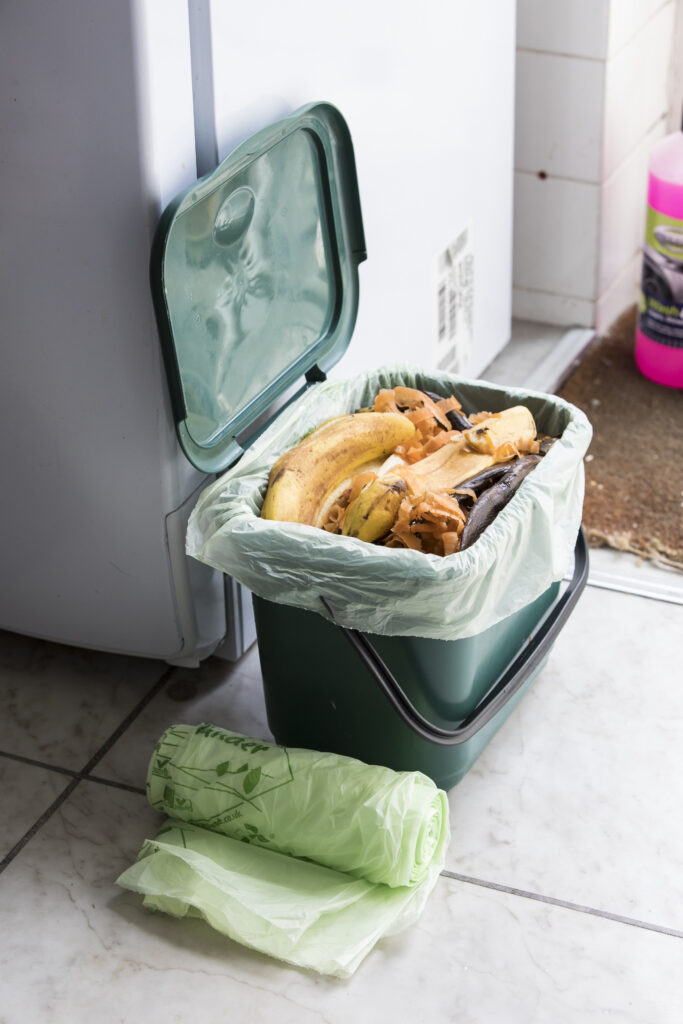

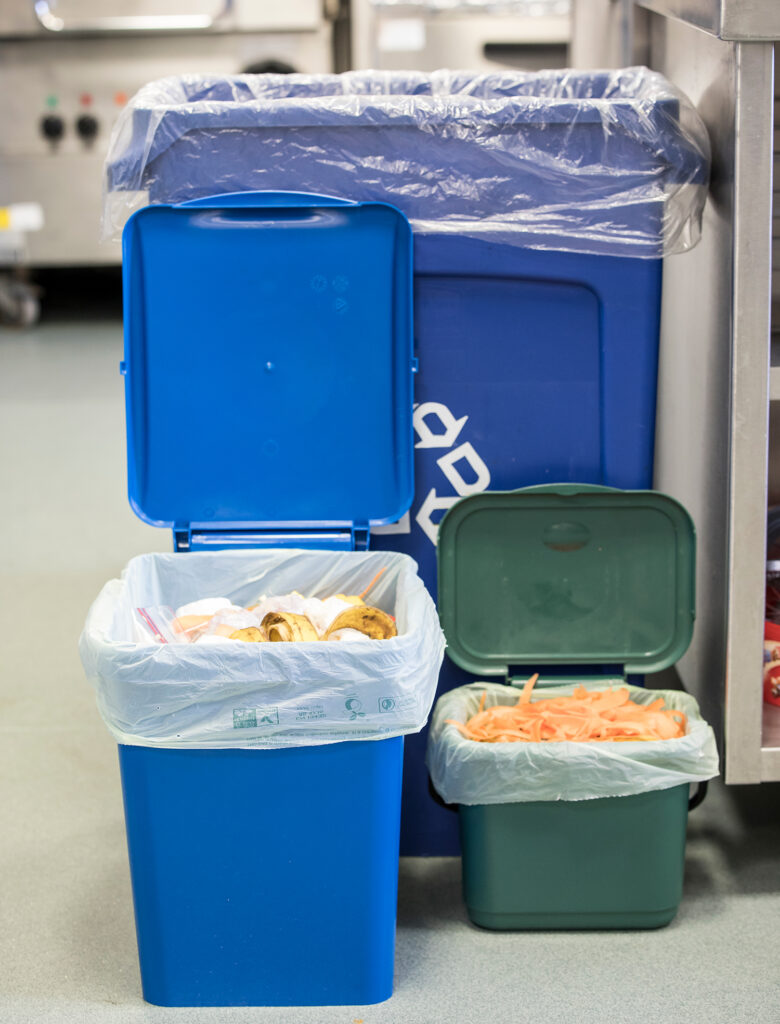
Advice and instructions
It’s not just the credentials that need to be carefully considered, it’s the advice and instructions that follow post-purchase. For example, compostable bags are ideal for containing food and garden waste before they are appropriately treated for future use. Purchasing departments and others further down the chain need to make sure these products are being used appropriately. If compostable packaging is put in with waste for disposal in landfill, as with any other organic matter in landfill, as it degrades it will give off methane. Additionally, if compostable packaging is put into the recycling stream, it can contaminate other materials, meaning that the whole batch cannot be recycled.
Whole lifecycle approach
Broad terms such as ‘green’, ‘sustainable’ or ‘eco-friendly’ are often used without further explanation and don’t necessarily apply to the whole lifecycle of the product. Unfortunately, all too often we see the sustainability spotlight focused on a single issue, product, or material, rather than looking at the whole picture.
Claims focusing on only one component or ingredient of a product should be made clear to the consumer. People can be misled if businesses have cherry-picked claims focusing on just one aspect of its product, brand, service or business, which could have an adverse effect on the environment.
Environmental claims should take into account the whole lifecycle of a product, considering how they are designed, produced, used, re-used, disposed of and re-processed. If these outweigh the environmental benefits of a single component, green claims should not be communicated.
Various aspects should be considered including all its component parts and how the materials are sourced, production processes, including how and where it is manufactured, packaging and transportation of the product, its use, durability, and the disposal of the products and any waste or by-products.
For instance, our CPR Manufacturing site works hard to ensure that recycling and processing of polythene meets recognised industry and customer standards, including the use of EUCertPlast certified materials. This recognises the highest standards of material traceability, process control and quality of the recycled content in the end-product, and process control in plastics recycling.
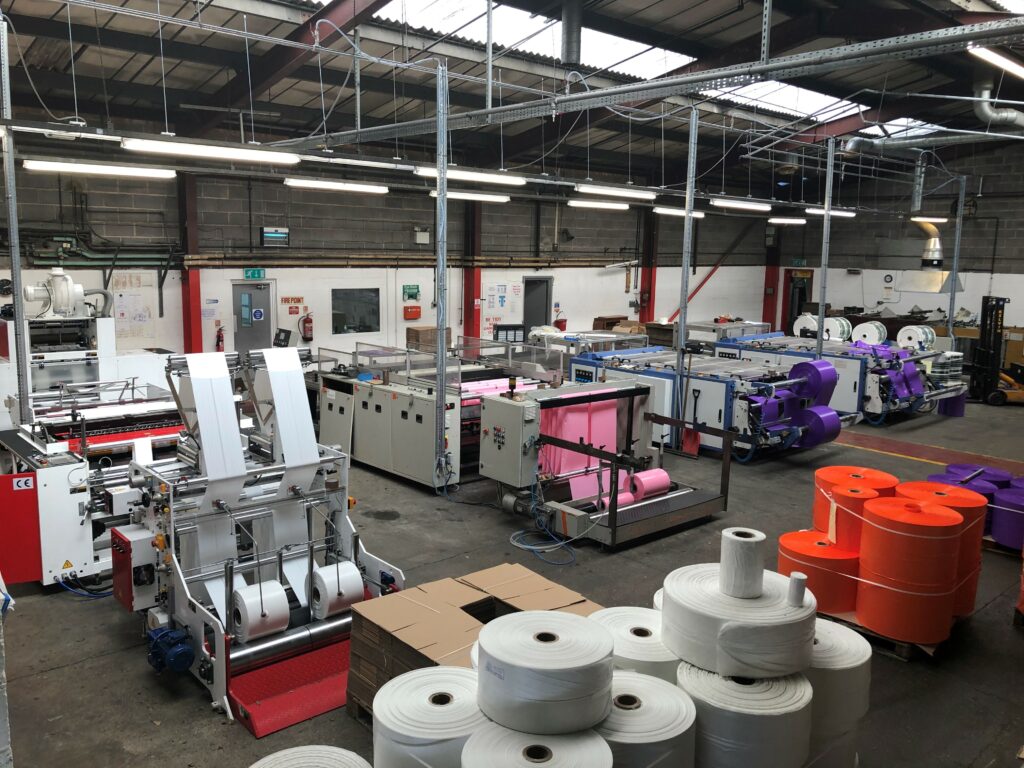
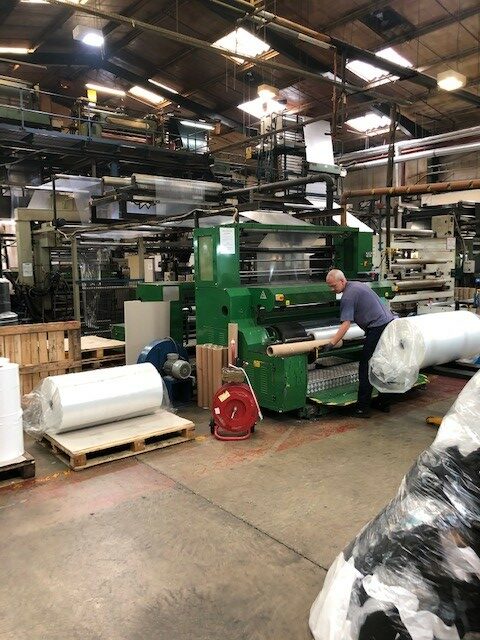
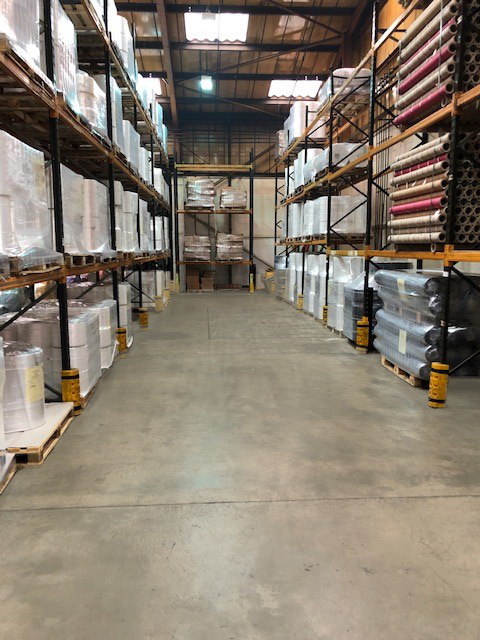
Material evidence
Providing better, clearer information for decision makers can also assist businesses with their approach to clarifying the environmental benefits of material and formats used. There is often consumer and media pressure to switch material, without considering the lifecycle approach and without evidence to back this up.
Consumers and businesses can be pushed into material or product switching with the unintended consequences of using heavier alternatives. This increases energy use, supply chain miles and associated greenhouse gas emissions due to the extra weight of material.
For example, a Denkstatt study looking at ‘The Impact of Plastics on Life Cycle Energy Consumption and Greenhouse Gas Emissions in Europe’ found that switching from plastics to alternatives could increase GHG emissions by 2.7 times over the product lifetime.
A 2020 report titled ‘Examining material evidence – the carbon fingerprint’, commissioned by Veolia and published by Imperial College, found that in most cases, the main alternatives to plastic packaging – cardboard, glass, steel and aluminium – ‘emit more greenhouse gases’.
Environmental credentials should also reflect the actual disposal and waste management route these products take, and not some aspirational infrastructure that isn’t in place to collect, sort or reprocess materials.
James Lee, Managing Director – A level playing field
Businesses need to digest and apply the guidance to their current and future green claims, any existing environmental claims should be reviewed before the end of the year. The CMA has adopted the reasonable approach of giving businesses an opportunity to comply before taking enforcement action. Other than for egregious breaches, businesses will have until the new year to secure compliance.
We hope to see a level playing field that encourages greener practices and innovation, rather than discouraging companies from trying to be more sustainable, whilst making sure that those who fall short of this do not gain a commercially competitive advantage. We believe all industries and businesses, whether large or small should be encouraged to be the best they can, follow the CMA guidance and be clear and honest in all they do.
There have been several high-profile cases in the media, such as in 2015, when the US Environmental Protection Agency discovered that VW diesel cars had a “defeat device” – or software – in diesel engines that could detect when they were being tested, to change the performance to improve emissions test results. The results made the cars appear far less polluting than they are.
It is right to tackle this false claim, however, we don’t want the focus to only be on these headline names and issues. All misleading claims need to be addressed, and every company must champion ethical and environmentally sound products and processes that protect the future of our planet.